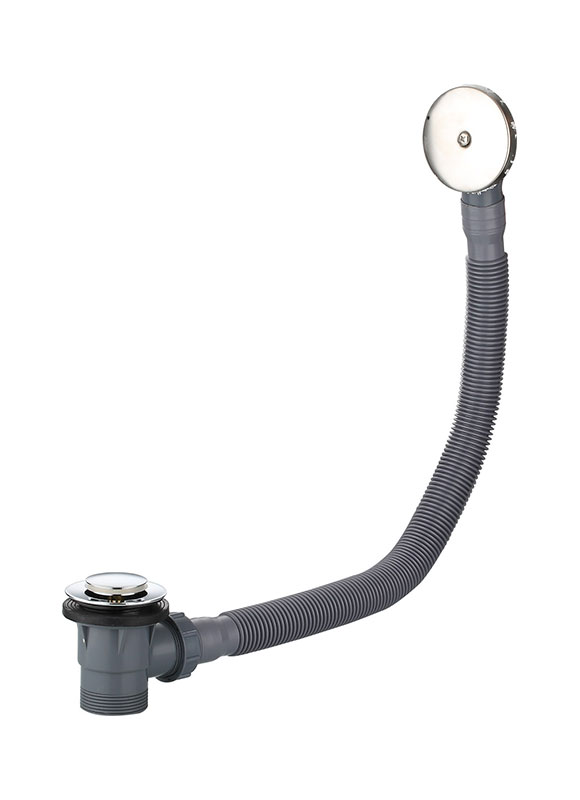The protective siphon drainage collection system is mainly composed of polymer protective drainage (storage) water special-shaped pieces, self-clay work cloth, siphon drainage trough, PP reservoir (water storage module), sticky barrier, ventilation observation well, etc. The above-mentioned products are all developed, produced and sold by our factory. You can buy them all at one time in our factory. The system can organize the excess water on the (storage) drainage plate to the collection well through the siphon drainage groove and collect it in the collection well. A system for secondary use of water.
It breaks the criticism that the traditional rainwater collection system can only collect surface water and infiltrated water in some areas, collects both surface water and infiltrated water, and makes full use of precious natural resources. And it can keep the roof water level at a low level, maintain the air and water permeability of the soil, and ensure the normal growth of plant roots. It can also be used as a flexible protective layer for the waterproof layer, replacing the traditional cement protective layer, and greatly reducing the project cost.

Principle of protective siphon drainage collection system:
The soil infiltrated water continuously flows to the siphon drainage trough through the polymer protective drainage (storage) water special-shaped sheet. Install a vent pipe on the siphon drainage groove. The water in the siphon drainage groove quickly collects to the water outlet in the gap, gravity and ventilation. The water outlet makes the siphon straight pipe full flow by reducing the diameter of the pipe to form a siphon. The siphon drainage groove The water inside is continuously sucked into the observation well. It is discharged into the rainwater collection system through the observation well, and the rainwater is recycled when it is necessary to irrigate the green plants on sunny days. In this way, the passive drainage in the past has been transformed into the active drainage, thus realizing zero-slope and organized drainage.
Product advantages of protective siphon drainage collection system:
1. Solve the difficulty in finding the slope of the large-area roof, and realize the organized drainage of zero slope.
2. Cancel the slope-finding layer, protective layer, isolation layer, and replace the traditional drainage filter layer.
3. Convenient construction, saving 3/4 of the construction period and saving 1/3-1/2 of the cost.
4. Collect the infiltrated water and use it as garden irrigation water to save water resources.
5 Short construction period and low cost.
6 Realize the recycling of rainwater and irrigation water.
Application range of protective siphon drainage collection system:
It is especially suitable for areas with large roof area and difficulty in grading and heavy rainfall. The system is also suitable for the sponge city seepage and drainage system to play the role of seepage, stagnation, storage, purification, use and drainage.
Landscape engineering: garage roof greening, roof greening, football field, golf course engineering, etc.
Municipal engineering: road green belts, subways, tunnels, retaining walls, etc.
The upper layer of the building foundation, the interior and exterior walls of the basement, the roof drainage and seepage prevention, etc.
Traffic engineering: road and railway subgrade drainage, dam and slope protection engineering drainage, etc.
Protective siphon drainage collection system, the great value of rainwater utilization is undoubtedly, the quality of rainwater is significantly better than urban drainage, and can be used for greening, washing roads, parking lots, car washes, landscape water and other miscellaneous water after simple treatment, with less investment and quick results. At the same time, it can achieve the effects of reducing urban storm runoff and pollutant discharge, optimizing the community water system, reducing waterlogging and improving the environment. However, the utilization of rainwater in cities in our country started late. We should fully learn from the experience of developed countries and combine my country's national conditions to research and develop technologies for rainwater utilization in my country.


 English
English España
España




